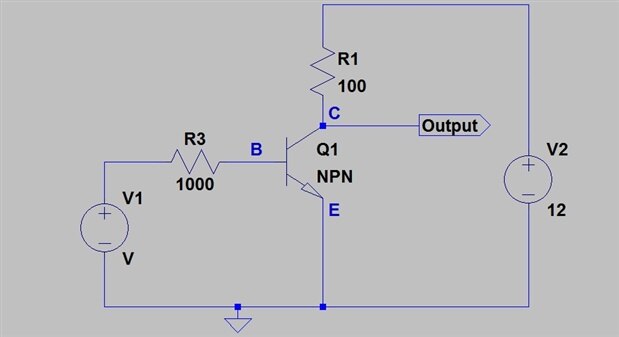I can't find a single place online which covers almost all components and explains their function on video.
I have struggled for a week (aside the 2 days spent in the hospital) trying to understand how transistors I work... I am constantly attempting to learn.
Please create a YouTube playlist to teach us these things.
Thank You




